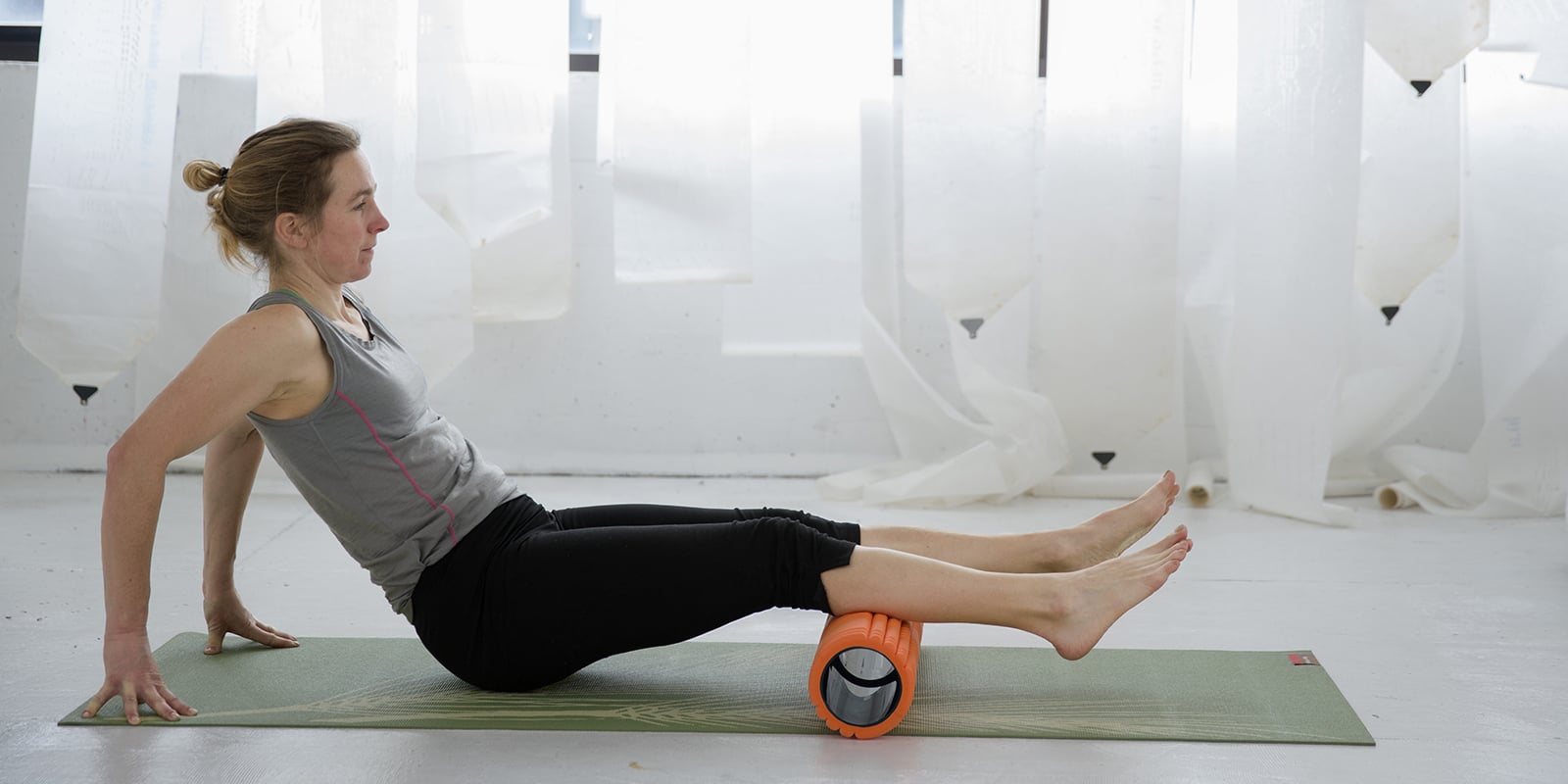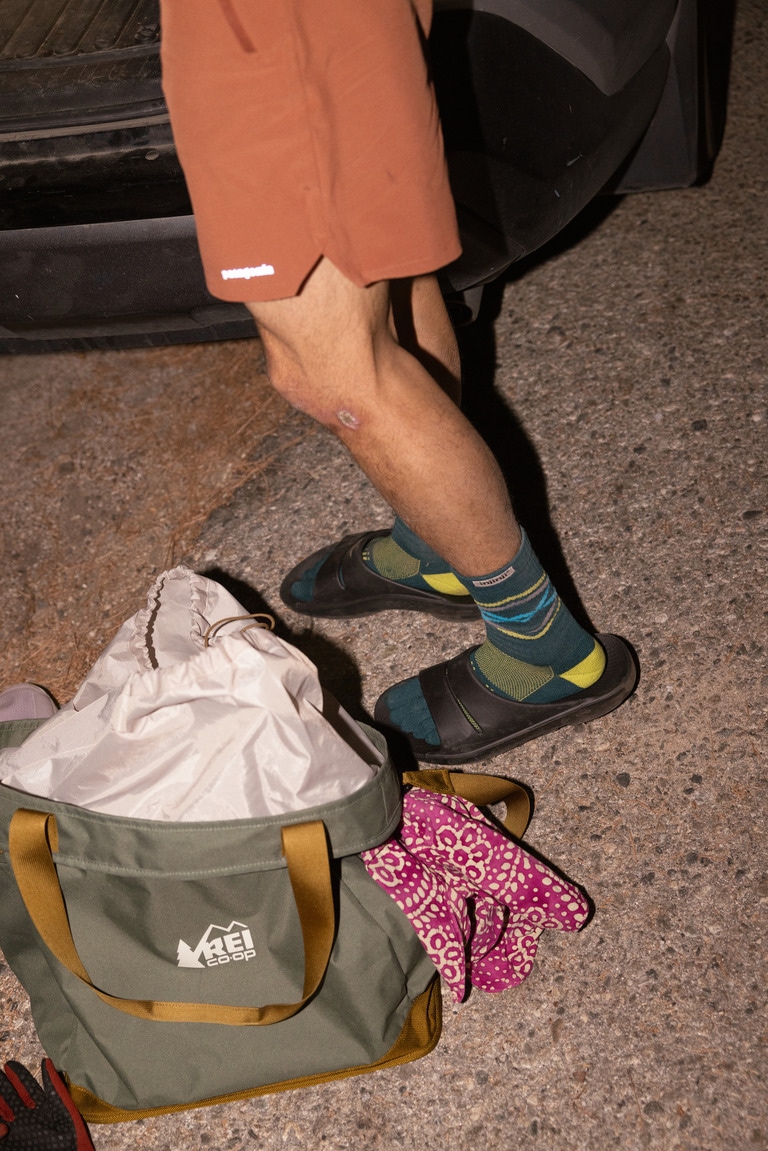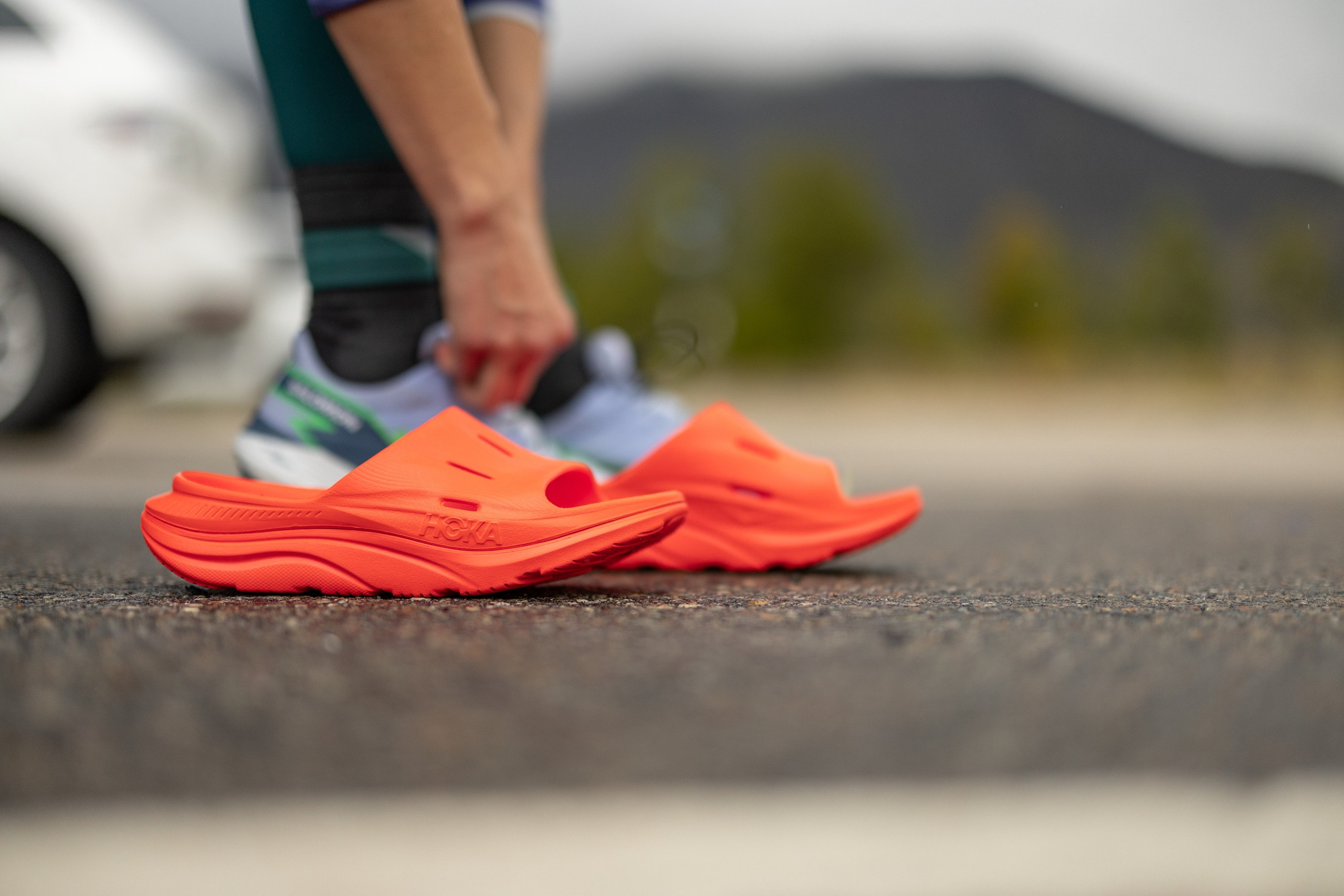Maybe you’re training for a hilly trail race, an ambitious ski season, or a punchy outdoor climb. Whatever the goal, allowing your body to recover between workouts is just as important as sticking to your training schedule, says Chris Gagliardi, a personal trainer certified by the American Council on Exercise (ACE) and National Academy of Sports Medicine (NASM). While getting plenty of sleep and fueling and hydrating properly are key, certain products like foam rollers and compression boots are designed to help you feel better and increase mobility after and between sessions.
A tricky part of shopping for recovery tools is that “you don’t always know how your body is going to respond to one of these products until you try it,” says Gagliardi, who holds a master’s degree in kinesiology. “Pain and perceptions of recovery are subjective.” Whether you’re looking to manage delayed-onset muscle soreness (known as DOMS) or post-exercise fatigue, or you want to prepare for your next workout, there isn’t a one-size-fits-all approach. (And always consult with your doctor when in doubt.) However, there are some helpful guidelines when choosing injury and recovery tools.
Jump ahead using the links below or read on to learn more about what counts as a recovery tool and how to choose the one that’s best for you.
Remember: Safety is your responsibility. No internet article or video can replace proper instruction and experience—this article is intended solely as supplemental information. Be sure you’re practiced in proper techniques and safety requirements before you engage in any outdoors activity.
What does it mean to recover?
No matter how much you love running, biking, skiing or climbing, these outdoor activities put stress on our bodies. That’s why training and recovery go hand in hand. You can’t perform at your highest level if you don’t put in the work, and you can’t put in the work if you don’t let yourself recover.
Injury prevention and recovery tools often promise to relieve aches and help you feel ready for the next workout, faster. That may be true, but even the best tools won’t work as well if you’re not following the fundamentals of a proper recovery, Gagliardi says. That means getting 7 to 9 hours of quality sleep each night, fueling and hydrating for your sport, and focusing on mobility, with yoga, dynamic stretching or foam rolling.
Another consideration: Choosing injury and recovery products involves testing and learning. While your run buddy might prefer a massage gun, you might prefer a weekly massage with a therapist. Whenever possible, try these products before buying them.
Gagliardi suggests taking an intentional approach to shopping for recovery tools:
- Consider what you’re shopping for and why. Is the product made to address discomfort you’re feeling or common overuse injuries you’re trying to prevent? Make a budget, read customer reviews and consider trying the product (either at a physical therapist’s office or from a friend) before you click “add to cart.” Be aware, too, that you may not be able to return some recovery products once opened.
- Once you get your hands on the tool, take notes about when and how you use it. Do you use it before workouts or after? How long will you try the tool before you decide if it’s worth it? Set realistic expectations. A foam roller can’t make pain disappear—in fact, rolling one can feel a bit spicy at first— but it may ultimately provide a bit of relief. The more you observe, the more likely you’re to find a routine that works for you.
Types of Injury Prevention & Recovery Tools
There are a variety of injury prevention and recovery tools, with the following categories being the most common:
● Massagers
● Compression tools
● Recovery footwear
● Anti-chafing balm
Here’s everything you need to know.
Massagers
Massagers are made to release muscle tension and relieve stiffness. Studies show that massagers can help decrease feelings of fatigue between workouts and, in general, massagers aren’t shown to negatively impact future exercise performance, Gagliardi says.
There are two types of massagers. Powered massagers have a battery-powered motor that delivers percussion to a precise location. They tend to be more expensive than manual massagers. They can weigh up to a couple pounds, making them less portable than some manual options.
With a manual massager, you control the amount of pressure you deliver to your muscles. A massage ball can deliver pressure to a targeted location, whereas a foam roller lets you apply pressure to a large surface area.
Powered Massagers
Massage Guns - These electronic devices deliver rapid, repetitive vibrations to muscles to help ease tension and promote blood flow. Some models connect to downloadable app to get personalized routines on your phone.
Research shows that massage guns can help alleviate muscle soreness when used several hours after a workout, but when used directly following a workout, their somewhat intense vibrations can cause more pain with little evidence of added benefit. Follow manufacturer instructions and take extra care to avoid joints, bony areas and areas with veins that are close to the surface of the skin.
Manual Massagers

Massage balls are the smallest and most affordable of the manual massage options, designed to release areas of tension when you roll them on tight body parts. You can apply body weight pressure on the ball to deepen the massage. Some balls are smooth, while others have a dimpled exterior to deepen the massage sensation.
Foam rollers let you do your own deep-tissue massage. Foam rollers’ key benefit is letting you massage a larger area of your body at once. Foam rollers come in a variety of densities, sizes, and textures. You can take a travel-size foam roller, which is typically 13 or 14 inches long, on the go. For more, read How to Choose Foam Rollers.
Rollers and sticks work like massage balls to help ease tension between workouts. You manually roll the stick over sore muscles to work out knots and find relief. They’re compact and don’t require you to get on the ground like foam rollers and massage balls sometimes do, so some people like to use them at the office or while traveling.
Massage canes are helpful for working out tension in hard-to-reach places like your back. Some have knobs and attachments to target certain areas of the body. They’re relatively portable, like rollers and sticks.
Compression Tools
If you’ve taken a first-aid class, you might remember the recovery acronym RICE, which stands for rest, ice, compression and elevation. Although the concept of RICE was developed to help treat sports injuries in 1978, it remains an effective way to treat an injury. Tools that provide the compression part of that protocol can aid recovery by reducing swelling and offering support for your muscles and joints. Compression sleeves tend to be effective for injury prevention and recovery, whereas your doctor or physical therapist might recommend a brace if you’re managing or coming back from an injury.
Watch out for skin discoloration or swelling when using these products, which may be a sign the sleeve or brace is too tight. Follow manufacturer recommendations for how long to wear the product to avoid skin irritation.
Compression Garments
Compression garments offer mild support during and after physical activity. Compression pants and leg sleeves very slightly limit joint mobility and how much your muscles work or contract during a workout, which may reduce fatigue and help you feel more supported when moving. You might reach for a compression garment to support your muscles if you’re challenging yourself in a new way and/or want to avoid injury.
It may be beneficial to wear compression sleeves following an activity: One study found that compression tights may speed up recovery by increasing blood flow when worn for four hours following exercise.
Compression Braces
Braces work the same as compression sleeves but offer more moderate support to your muscles and joints. That said, they also slightly reduce muscle activation, so you want to avoid wearing them for an extended time. Your doctor or physical therapist might suggest wearing a brace when you’re rehabbing an injury, or when you’re trying to address a muscle weakness or imbalance. One additional benefit of braces: They offer a kinesthetic reminder to take it easy on the part of your body that may be painful or injured.
Compression Boots
These battery-powered boots provide a combination of compression and massage following a workout. These trendy, pricey boots may be suitable for competitive athletes who perform multiple bouts of exercise in a single day, like swimmers and track athletes, Gagliardi says, but they probably aren’t necessary for the everyday athlete who has more time to recover in between workouts. You may be able to reap similar rewards by prioritizing active recovery like taking an easy walk in a green space, which offers stress-relieving mental health benefits.
Recovery Footwear

There’s nothing like soaking tired toes in a steamy hot bath after a long trail run or peeling off your ski boots after a big day on the slopes. Recovery footwear, which has become increasingly popular in recent years, promises similar relief for your feet and the allure of speeding up recovery time.
These shoes are designed to unload parts of your foot to offer relief from activities with repetitive movements like hiking, walking, and running. Shoes with rocker soles resemble the curve of the bottom of a rocking chair and are designed to help you walk more economically, potentially offering additional relief.
There isn’t good research to show that cushy footwear can speed up recovery, Gagliardi says, possibly because these types of shoes are relatively new. That doesn’t mean that recovery footwear can’t work for you. If recovery footwear sounds appealing, test and learn to see if these shoes offer the support you’re looking for.
Anti-Chafing Balm
Anti-chafing products include balms and creams that offer relief for anyone experiencing hot spots, rash, blistering, irritation or discomfort because of friction. They can also help lessen the friction that causes chafing in the first place. It’s also important to identify any other underlying causes like:
- Ill-fitting clothing
- Fabrics that don’t wick moisture
- Hot weather
- Humidity
- Sweat
- Water from watersports
- Sensitive skin
- Large muscles
- Extra body weight
- Carrying a backpack or wearing a harness
If your chafing is severe, you may need to take a break from your activity. Contact your doctor if your chafing is extremely painful, swollen or bloody.
Learn more: Managing Chafing
When to See a Doctor
It’s not uncommon to feel sore between outdoor workouts, especially if you’re exercising different muscle groups or increasing workout intensity or duration. If the pain is shooting or severe, or if you’ve been dealing with lingering discomfort for a while, reach out to your doctor or physical therapist.
“The longer you exercise, the better you’ll get at distinguishing between muscle soreness and injury,” Gagliardi says. “If you suspect you may be injured, it’s better to reach out to your doctor sooner rather than later.” Your doctor can help you get a more complete picture of what’s going on in your body with X-rays and/or lab tests. They can help you determine whether a foam rolling routine is likely to provide relief, for instance, or if you may need to take additional measures to resolve an underlying issue.
Staying on top of physical issues is important for being able to do the activities you love long-term. “You train hard so you can enjoy and participate in your favorite outdoor activities,” Glagliardi says. “Be purposeful with your recovery to support the lifestyle and adventures that keep you moving forward.”

